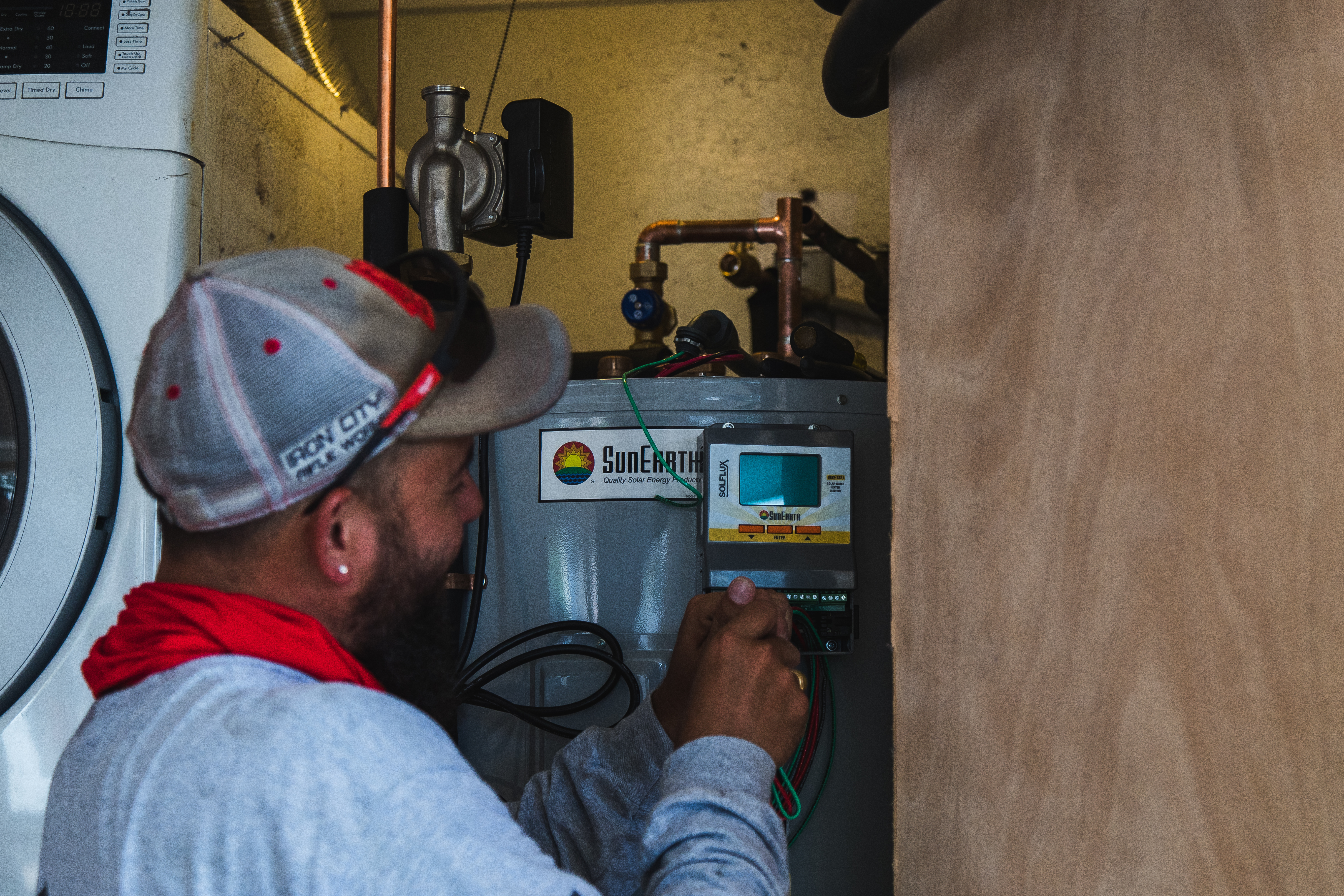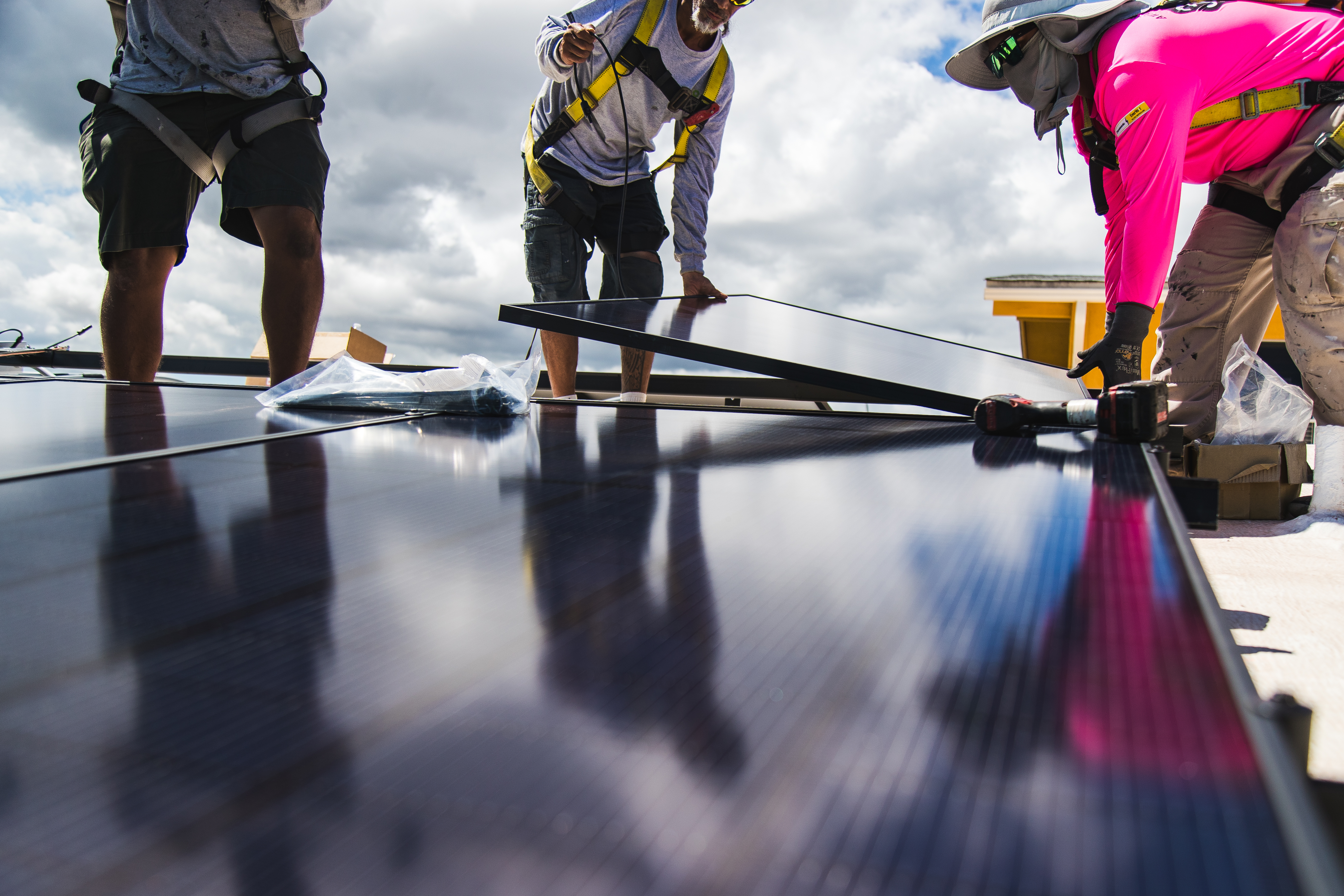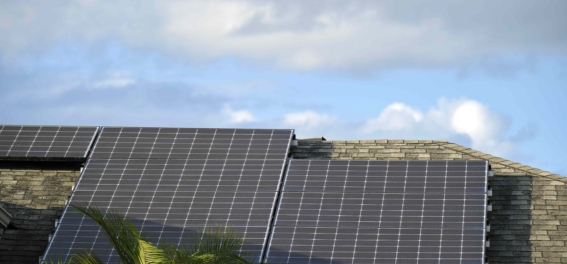The electric rates on Oahu have been increasing. As of December 2024, the standard residential rate is approximately 36.0 cents per kilowatt-hour (kWh). Additionally, Hawaiian Electric has introduced a Time-of-Use (TOU) rate structure, which varies depending on the time of day:
- Off-Peak (10 p.m. to 9 a.m.): 38.7 cents/kWh
- Mid-Day (9 a.m. to 5 p.m.): 26.5 cents/kWh
- On-Peak (5 p.m. to 10 p.m.): 46.3 cents/kWh
Source: Hawaiian Electric
These rates have been rising over the past year. For example, in August 2022, Hawaiian Electric warned Oahu households of a 7% increase in monthly electricity bills.
Source: Civil Beat
Several factors contribute to these rising costs, including increased fuel prices, infrastructure investments, and the transition to renewable energy sources. To help manage electricity expenses, customers can consider shifting their energy usage to off-peak times under the TOU program or explore energy-efficient appliances and renewable energy options like solar panels.
Combining a solar hot water heater system, split air HVAC system, and photovoltaic (PV) system can substantially lower a homeowner’s electric bill on Oahu by addressing three major areas of energy consumption: water heating, cooling, and general electricity use. Here’s how these systems work together to maximize energy efficiency:

Solar Hot Water Heater System
- Water Heating Efficiency: Water heating accounts for a significant portion of a household's energy use. A solar hot water system uses the sun’s energy to heat water, reducing the need for electricity to power traditional water heaters.
- Minimal Electricity Usage: These systems use a small pump and controller, consuming very little electricity, which can be easily powered by the PV system.
- Year-Round Savings: With Oahu’s abundant sunlight, solar hot water systems can provide hot water almost year-round, significantly cutting down on electricity costs.
2. Split Air HVAC System
- Energy Efficiency: Modern split air conditioning systems are highly energy-efficient compared to central air systems. They use inverter technology to adjust the compressor speed, optimizing energy usage.
- Zone Cooling: Split systems allow for targeted cooling of specific rooms, reducing unnecessary energy consumption for unoccupied areas.
- Solar-Powered Operation: The PV system can power the split air HVAC system during the day, ensuring the cooling demand is met without pulling energy from the grid.
3. Photovoltaic (PV) System
- Offsetting Electricity Use: A PV system generates renewable electricity to cover the home’s remaining energy needs, including lighting, appliances, and electronics.
- Battery Integration: Adding a battery system allows the homeowner to store excess solar energy during the day for use at night, minimizing reliance on grid electricity.

Combining a solar hot water heater system, split air HVAC system, and photovoltaic (PV) system can substantially lower a homeowner’s electric bill on Oahu by addressing three major areas of energy consumption: water heating, cooling, and general electricity use. Here’s how these systems work together to maximize energy efficiency:
1. Solar Hot Water Heater System
Water Heating Efficiency: Water heating accounts for a significant portion of a household's energy use. A solar hot water system uses the sun’s energy to heat water, reducing the need for electricity to power traditional water heaters.
Minimal Electricity Usage: These systems use a small pump and controller, consuming very little electricity, which can be easily powered by the PV system.
Year-Round Savings: With Oahu’s abundant sunlight, solar hot water systems can provide hot water almost year-round, significantly cutting down on electricity costs.
2. Split Air HVAC System
Energy Efficiency: Modern split air conditioning systems are highly energy-efficient compared to central air systems. They use inverter technology to adjust the compressor speed, optimizing energy usage.
Zone Cooling: Split systems allow for targeted cooling of specific rooms, reducing unnecessary energy consumption for unoccupied areas.
Solar-Powered Operation: The PV system can power the split air HVAC system during the day, ensuring the cooling demand is met without pulling energy from the grid.
3. Photovoltaic (PV) System
Offsetting Electricity Use: A PV system generates renewable electricity to cover the home’s remaining energy needs, including lighting, appliances, and electronics.
Battery Integration: Adding a battery system allows the homeowner to store excess solar energy during the day for use at night, minimizing reliance on grid electricity.

How They Work Together to Reduce Bills
Daytime Solar Usage:
The PV system powers both the split air HVAC and the solar hot water pump during the day, ensuring major energy consumers are covered by solar power.
Efficient Cooling:
The split air HVAC’s high efficiency combined with zone cooling ensures minimal energy waste.
Off-Peak Energy Reduction:
With solar hot water and a PV-battery system, the household avoids using grid electricity during peak hours, further lowering the bill.
Lower Total Demand:
By reducing electricity use for hot water heating and air conditioning, the overall demand for grid power decreases, reducing the baseline charges on the electric bill.
Estimated Savings
Solar Hot Water: Reduces water heating costs by up to 40%.
Split Air HVAC: Reduces cooling costs by 30%-50% compared to central air systems.
PV System: Offsets up to 100% of remaining energy usage, depending on system size and energy habits.
Together, these systems create a synergistic effect, allowing homeowners to drastically reduce or even eliminate their electric bill while enhancing energy independence and sustainability.
Take control of your energy usage and savings with PV Storage Solutions from AEI. PV Storage Solutions are a combination of home battery technology and PV solar panels that allow you to capture excess power, store it onsite, and have it delivered when you need it, without exporting to the grid.
Utilize free energy from the sun and cut your monthly water heater energy costs by 50-80%.
-
 Hawaii SolarLast Chance to Claim the Full 30% Federal Solar Tax Credit – Act Before Dec 31, 2025LEARN MORE
Hawaii SolarLast Chance to Claim the Full 30% Federal Solar Tax Credit – Act Before Dec 31, 2025LEARN MORE -


